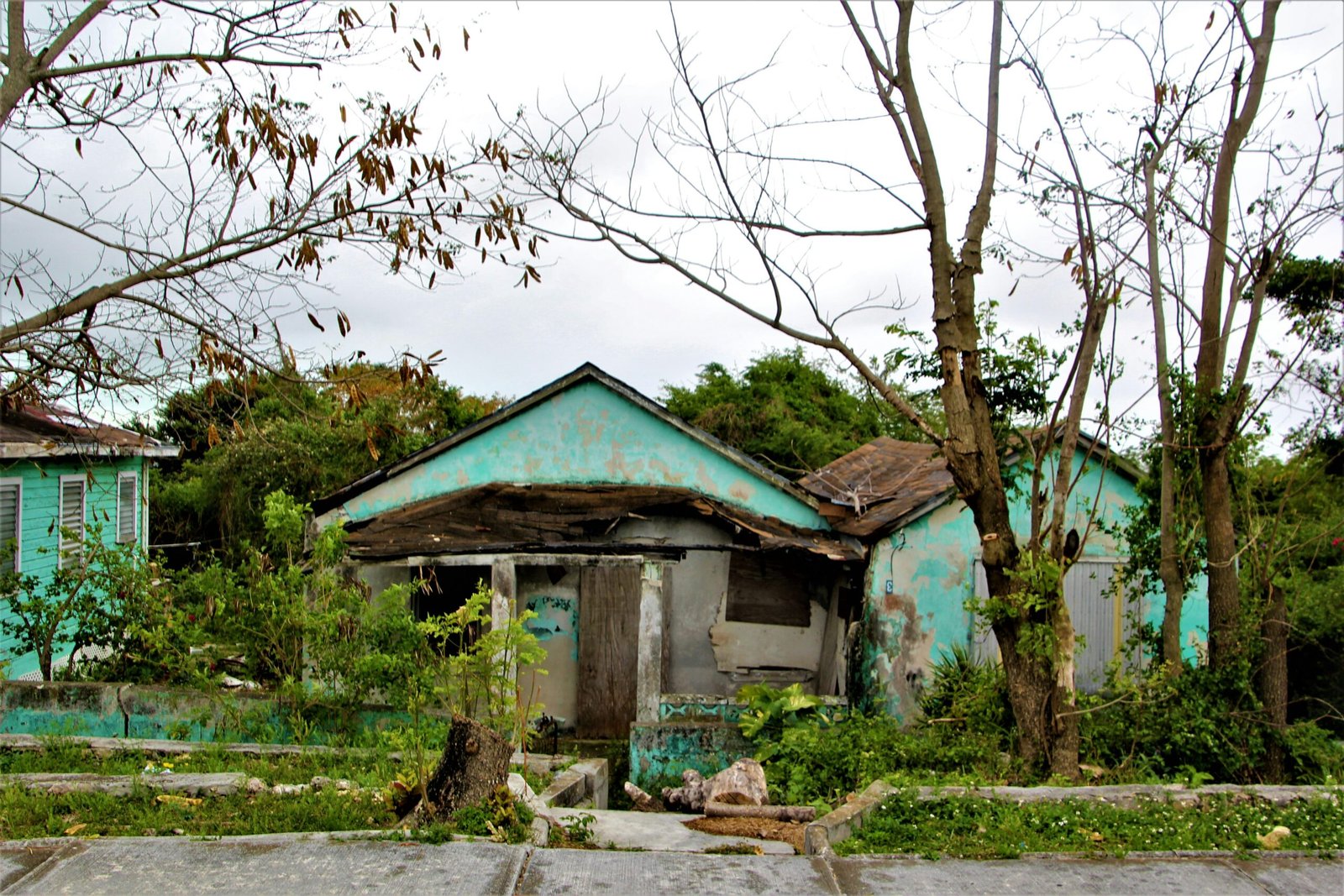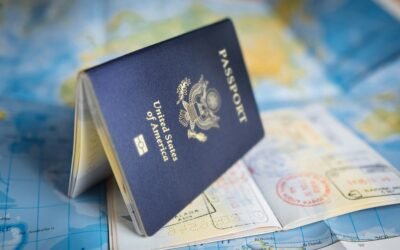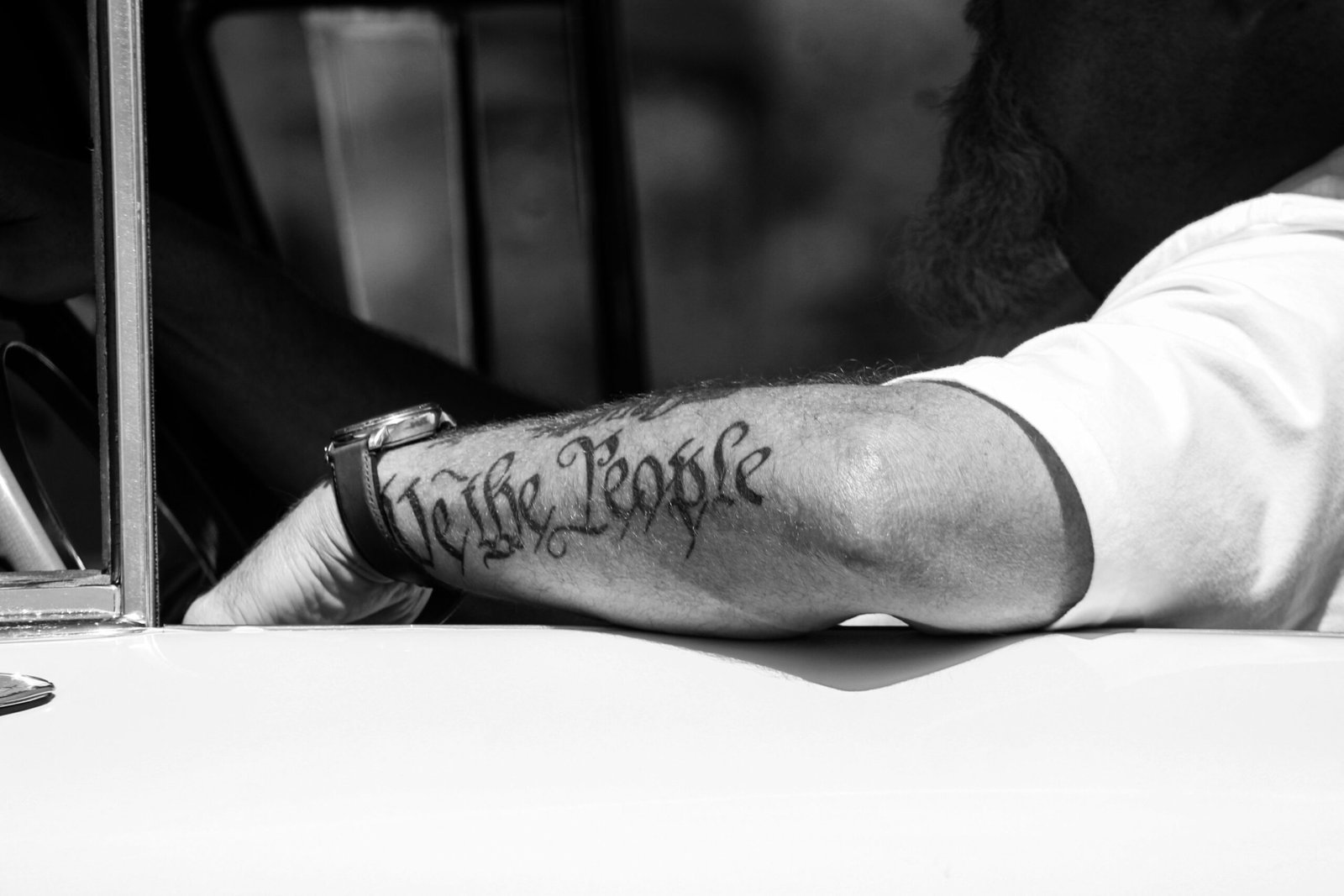
The American Dream: A Myth That Masks Structural Inequality
While the American Dream is often presented as a universal opportunity for success, data shows that economic mobility is limited for those born into poverty. A landmark study by economist Raj Chetty revealed that only about 7.5% of children born into the bottom income quintile make it to the top. In contrast, countries like Denmark and Canada have much higher mobility rates.
One major factor is access to quality education, jobs, and better access to healthcare. For instance, a 2018 Pew Research Center report found that children in lower-income households are less likely to graduate college, limiting their ability to secure high-paying careers. Additionally, infrastructure in low-income neighborhoods—such as public transportation, internet access, and libraries—is often underfunded, making it difficult to break out of poverty.
The “pull yourself up by your bootstraps” mentality fails to acknowledge these structural obstacles.

Neoliberal Capitalism: A System That Thrives on Poverty
Beginning in the 1980s, a wave of neoliberal economic reforms—such as those championed by the Reagan administration—led to massive deregulation, reduced corporate taxes, and a weakening of labor unions. The 2017 Tax Cuts and Jobs Act further slashed corporate tax rates, disproportionately benefiting large companies and the ultra-wealthy.
Meanwhile, worker wages have remained stagnant. According to the Economic Policy Institute, productivity has increased by over 70% since 1979, but hourly compensation has grown by only about 12%. This means corporations are extracting more value from workers without fair compensation.
Amazon is a prime example. Despite generating billions in revenue and profits, many of its warehouse workers rely on public assistance, SNAP benefits, and Medicaid. The company benefits from tax breaks while underpaying employees—meaning taxpayers subsidize the cost of labor. One of the many examples of how the US maintains a system of socialistic benefits for wealthy corporations while the rest of the population is expected to live by the rules of cutthroat capitalism.
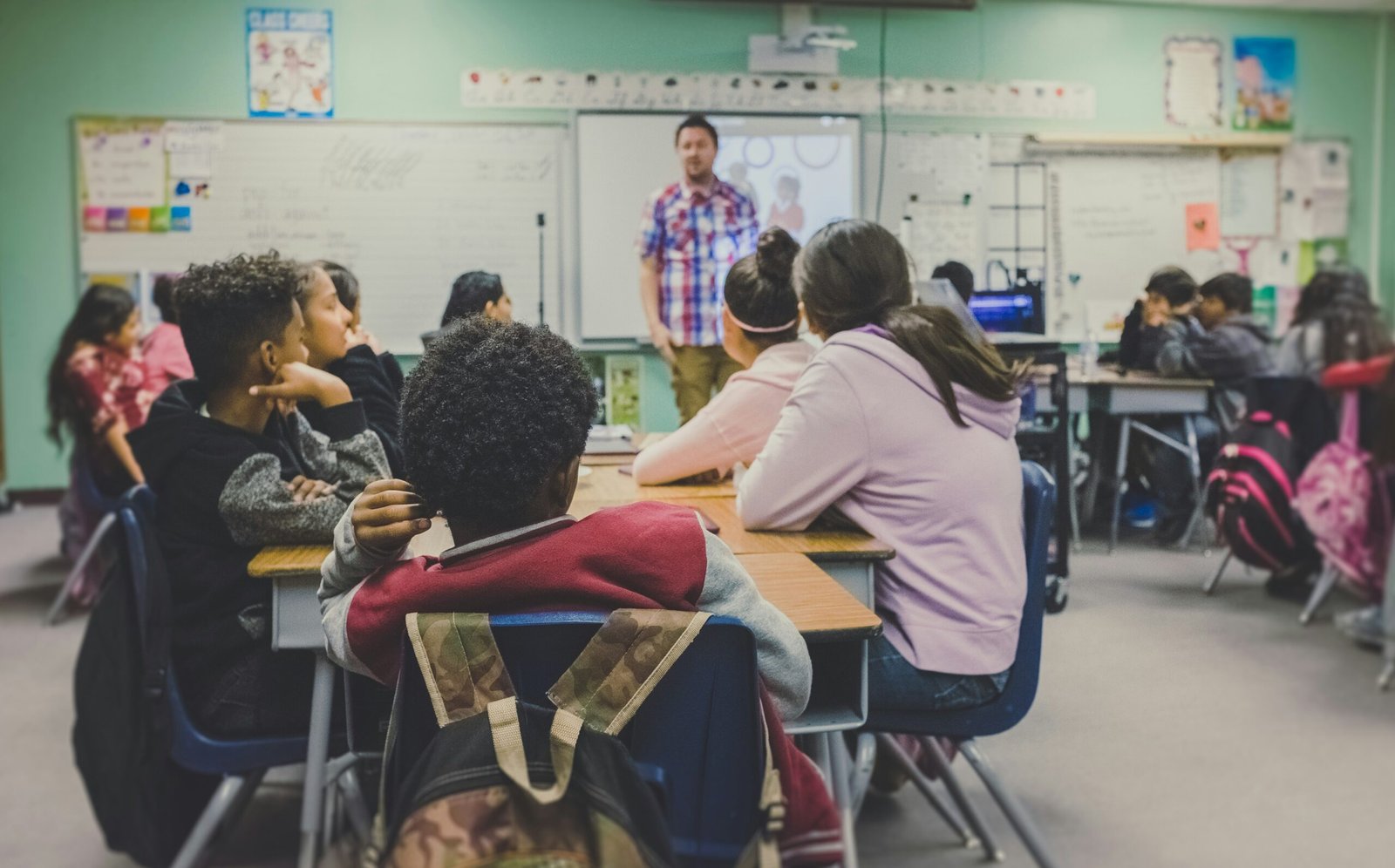
Education Inequality: A System Designed to Preserve Class Divisions
The American education system is funded largely through local property taxes, ensuring that schools in wealthier neighborhoods receive significantly more funding than those in lower-income areas. For instance, a 2019 report by EdBuild found that predominantly low-income districts receive $23 billion less annually than wealthier counterparts.
Schools in underfunded districts often lack basic resources, including updated textbooks, functioning HVAC systems, extracurricular programs, and sufficient staffing. A 2022 report from the National Center for Education Statistics indicated that teacher shortages are more severe in low-income communities.
Higher education also contributes to class stratification. College costs have soared, with student loan debt reaching over $1.7 trillion nationwide. Many students graduate saddled with debt that limits their financial freedom and delays major life milestones like buying a home or starting a family.
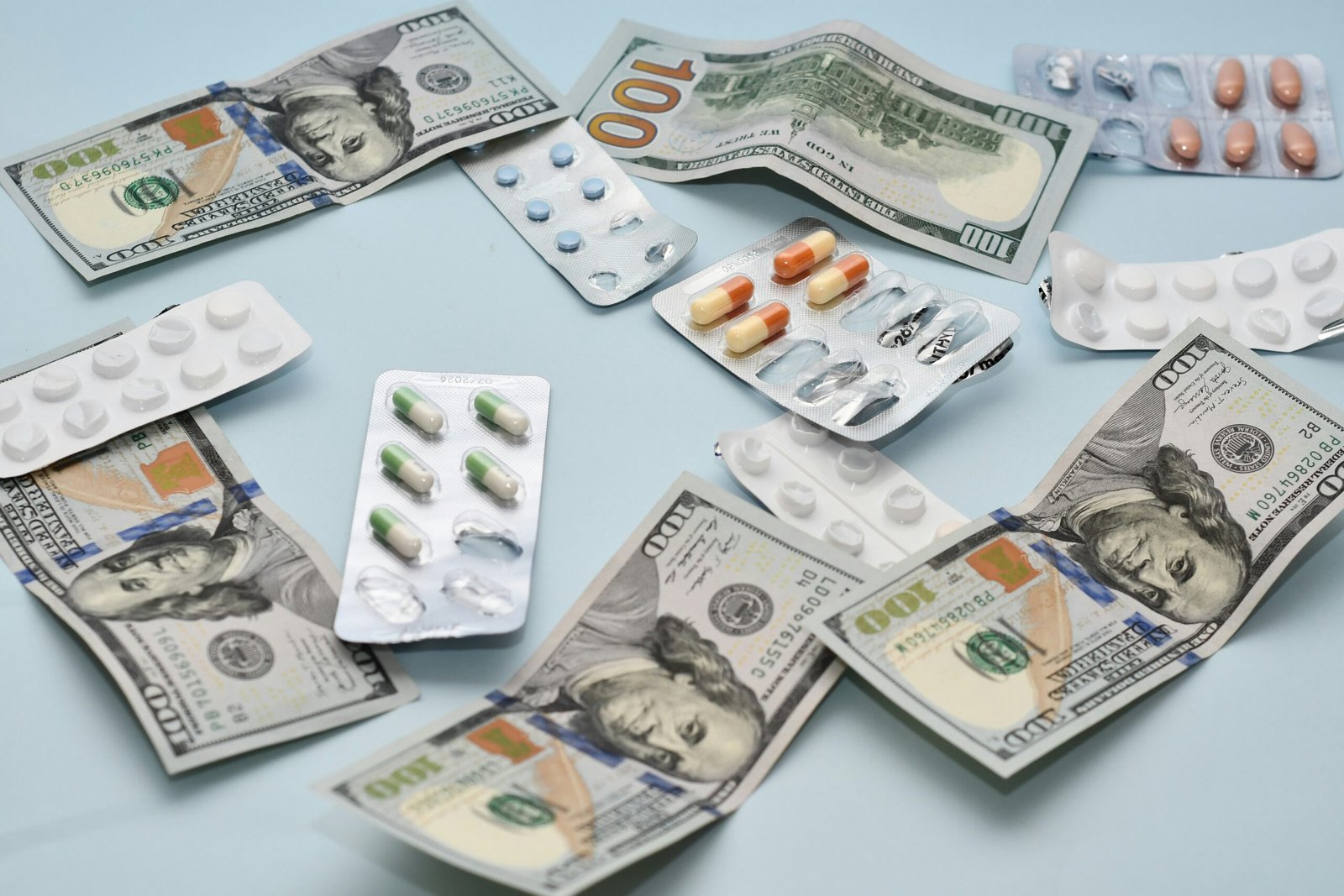
Healthcare: A Broken System That Punishes the Poor
In 2022, over 27 million Americans lacked health insurance. Medical debt remains a leading cause of bankruptcy, and even insured individuals often face high out-of-pocket costs. For example, a 2021 study published in JAMA found that one in five U.S. households has medical debt in collections.
Unlike countries with universal healthcare systems, the U.S. healthcare model relies on employer-based insurance and private providers. This leaves people in part-time or gig economy jobs especially vulnerable. Medicaid expansion under the Affordable Care Act (ACA) has improved coverage in some states, but others opted out, leaving millions without access.
The pharmaceutical and insurance industries wield immense political influence. Between 1999 and 2018, the healthcare industry spent more on lobbying (better known as “corruption” in most other countries) than any other sector—over $4.5 billion—effectively blocking reforms that could reduce costs and expand access.

The Housing Crisis: How Policy Creates Homelessness
The U.S. faces a severe shortage of affordable housing. According to the National Low Income Housing Coalition, the country is short over 7 million affordable and available rental homes for extremely low-income renters.
Rising rents and stagnant wages have forced more people into overcrowded or substandard housing, or into homelessness. In cities like San Francisco and New York, luxury developments often replace affordable housing, driven by investor speculation and gentrification.
Zoning laws frequently prohibit multi-family housing in suburban and affluent areas, limiting the construction of new, affordable homes. Meanwhile, public housing programs have been chronically underfunded. For example, the Department of Housing and Urban Development (HUD) saw significant budget cuts throughout the 1980s and again in the 2010s.
Laws that criminalize homelessness—such as bans on camping or sleeping in public—further punish people for lacking housing rather than providing long-term solutions.
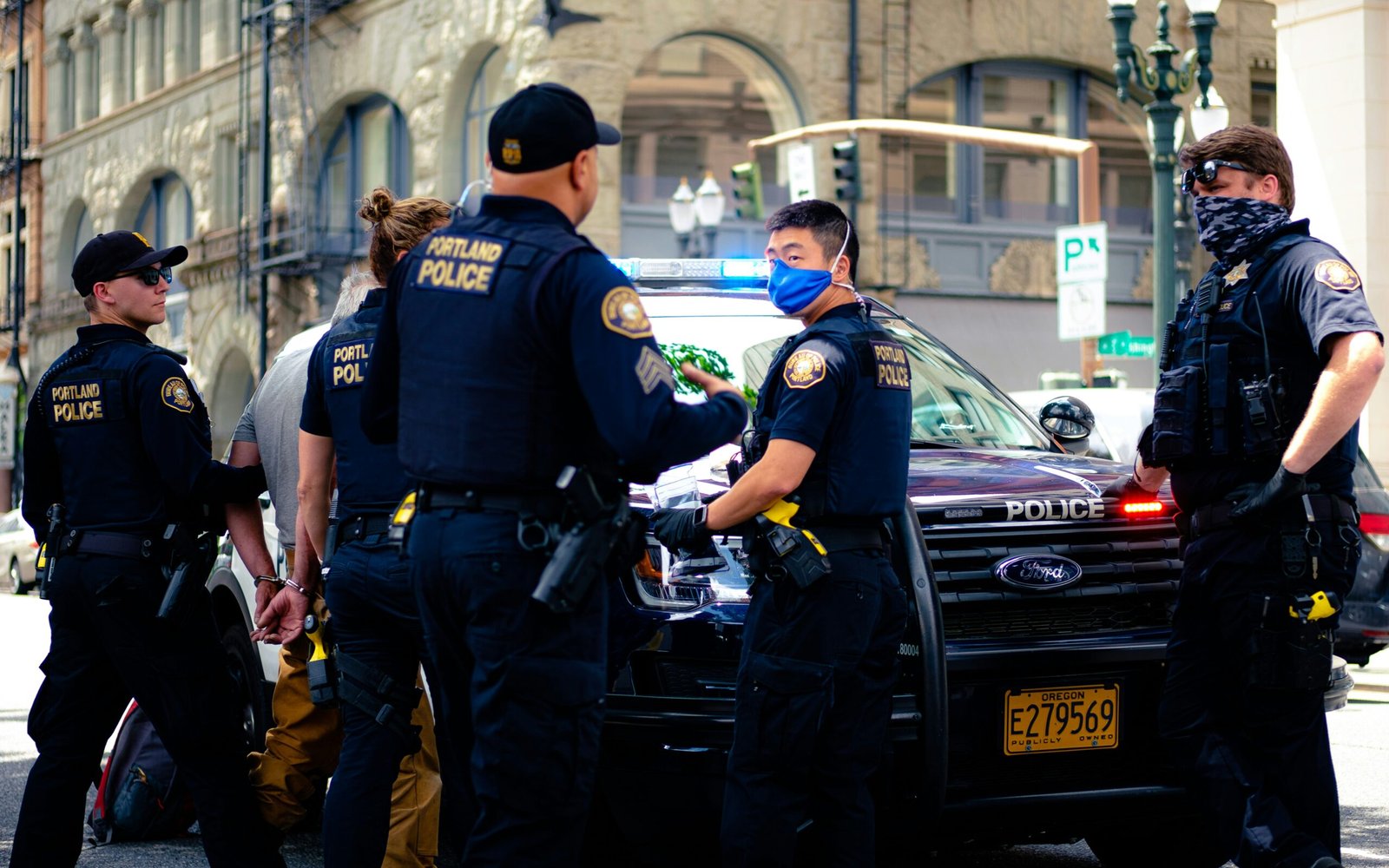
The Criminalization of Poverty: Punishing the Poor for Being Poor
Across the U.S., poverty-related offenses carry legal penalties that compound financial hardship. In many jurisdictions, individuals are jailed for failing to pay fines or fees, a practice that echoes the outlawed debtors’ prisons of the past. A 2017 report from the Brennan Center for Justice documented how millions face court debt that can lead to arrest.
One prominent case is Bearden v. Georgia (1983), where the U.S. Supreme Court ruled that people should not be jailed simply for being too poor to pay a fine. Despite this, many local courts still issue arrest warrants for unpaid fees, especially in traffic and misdemeanor cases.
The cash bail system also disproportionately impacts low-income individuals. Those unable to pay bail remain incarcerated pre-trial, sometimes for months, losing jobs, housing, and custody of children. The bail system has faced legal challenges, including Buffin v. City and County of San Francisco, which highlighted how pretrial detention discriminates against the poor.

Welfare Policy: Designed to Deter, Not Support
The Personal Responsibility and Work Opportunity Reconciliation Act (PRWORA) of 1996 fundamentally reshaped welfare in the U.S. Signed by President Clinton, the law imposed work requirements, time limits, and block grants, reducing the safety net’s reach.
Today, Temporary Assistance for Needy Families (TANF) reaches only 23 out of every 100 families in poverty. Many states spend TANF funds on administrative costs or programs unrelated to direct cash assistance.
The stigma surrounding welfare is reinforced by narratives about fraud and dependency, even though evidence shows most recipients work or are actively seeking employment. A 2019 USDA report found fraud rates in the Supplemental Nutrition Assistance Program (SNAP) to be less than 1%.
In contrast, corporate subsidies and tax loopholes amount to over $100 billion annually, yet receive little scrutiny.

Political Power and Economic Control: Why Nothing Changes
Campaign finance laws allow unlimited spending by political action committees (PACs), giving wealthy donors disproportionate influence. The 2010 Supreme Court decision in Citizens United v. FEC allowed corporations and unions to spend unlimited funds on political campaigns, accelerating this trend.
Corporate lobbying also plays a critical role. For example, the pharmaceutical industry spent over $300 million on lobbying in 2022 alone, helping block legislation to lower drug prices. Similarly, financial institutions lobby to prevent stronger consumer protections.
Efforts to raise the minimum wage, expand healthcare, or provide student loan forgiveness often stall in Congress—not due to lack of public support, but due to lobbying from industries that benefit from the status quo.
Until meaningful campaign finance reform and anti-corruption measures are implemented, economic policies will continue to serve the powerful at the expense of the poor.

Poverty in the United States Is a Political and Economic Choice
Poverty in America is not accidental—it is the result of deliberate policy decisions, historical oversight, and institutionalized neglect. Every major system—education, healthcare, housing, employment, and criminal justice—contributes to its perpetuation.

